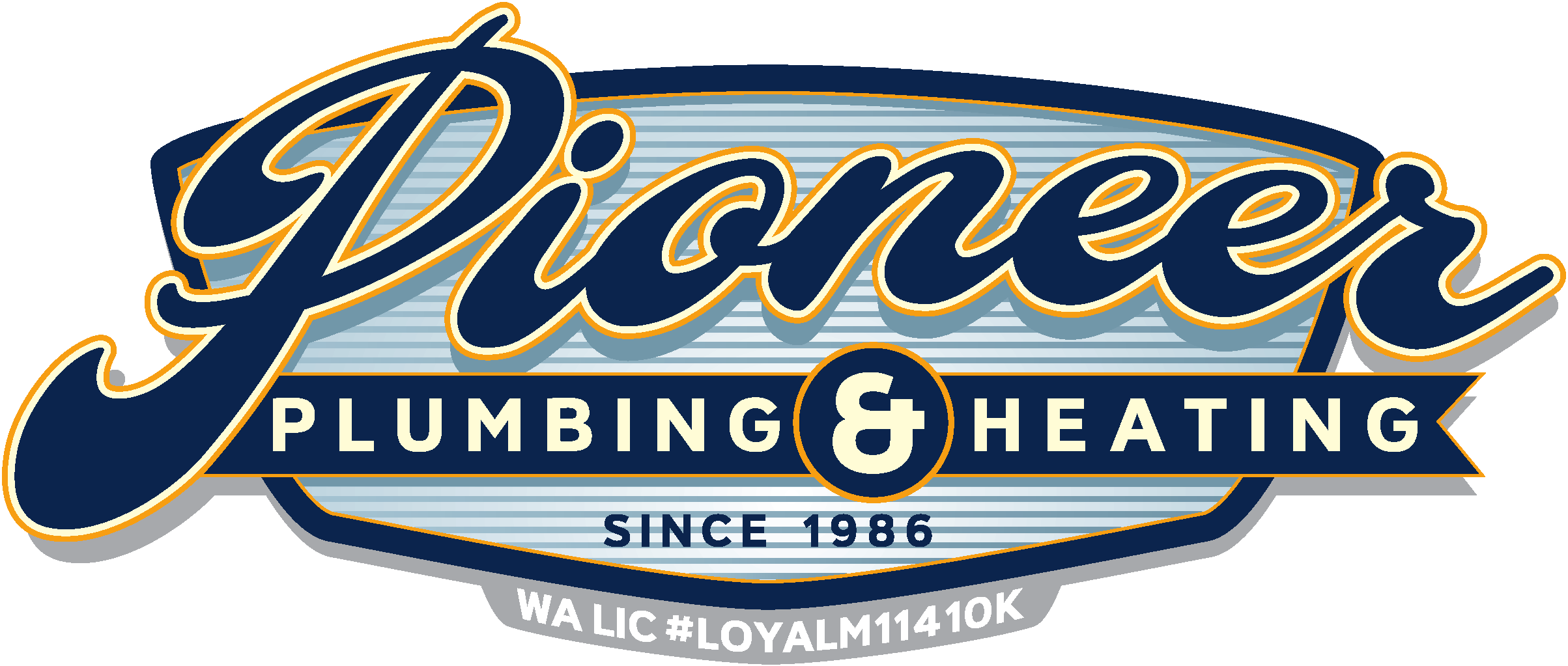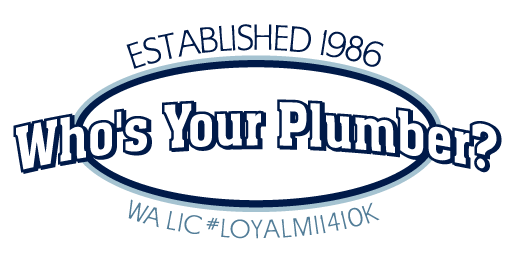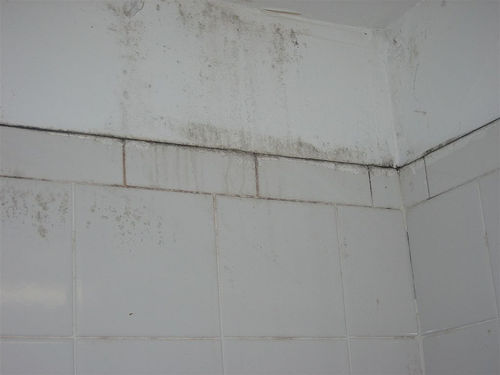We've entered Seattle's wet and rainy season in earnest and as cooler temperatures drive more homeowners to close their homes up tight for winter, the dangers of toxic mold developing within your home and causing health problems grows dramatically.
Water damage and poor plumbing maintenance can lead to catastrophic damage to the construction materials in your home and commercial building, but the real harm comes from the potential illnesses associated with mold growth. Equip yourself with these mold facts in order to keep your building safe and mold-free all year long:
1. Mold Illness Isn't Just the Result of Mold
Mold illness, the common term for the multi-faceted and severe syndrome known as CIRS, or chronic inflammatory response syndrome, is just the beginning of the health problems you may face as a result of long-term exposure to mold. Buildings with water damage expose residents to biotoxin agents such as fungi, bacteria, mold spores, endotoxins, and more, all of which contribute to CIRS.
2. Not All Mold is Visible
When one thinks of mold in a bathroom or kitchen scenario, it's generally associated with black or red furry gunk accumulating around faucets or plumbing surfaces. However, many allergens and mold spores are microscopic, meaning that even if you clean visibly affected surfaces, there's a good chance mold spores will persist. Furthermore, without proper air circulation and filtering, airborne spores such as the harmful mycotoxin will continue to infiltrate and negatively impact your home's indoor air quality even after the mold itself has been removed.
3. The Only Solution is Prevention
While it's true that a homeowner can significantly improve their home's defenses against mold and remove significant amounts of toxic substances through professional cleaning and mold remediation services, the best way to prevent mold accumulation within your home is to prevent its potential for growth entirely. Correcting leaking pipes, faucets, and drains as well as ensuring proper air ventilation and filtering are the best and most cost-effective methods of preventing excess mold indoors, so if you're concerned about the level of mold within your home, calling a professional plumbing service is a good place to start.
To find out more about preventative plumbing services to reduce your home's potential for mold growth and poor indoor air quality, contact Pioneer Plumbing and Heating in Seattle. We can assess and correct a multitude of plumbing issues that can lead to damage construction materials, mold spores, and negatively impacted health. Give us a call today or use the contact form to get in touch.
Image source, labelled for reuse






